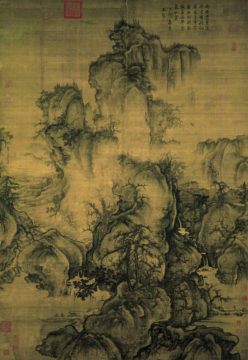by Leanne Ogasawara

1.
In C. Pam Zhang’s new novel Land of Milk and Honey, an agricultural disaster in the Midwest sends clouds of particulates into the atmosphere. Like nuclear winter, the toxic smog suffocates 95% of the plant and animal species on the planet. Famine and societal collapse soon follow~~ and not surprisingly, the super-wealthy start making plans. The fat cat in the novel begins by buying a beautiful mountaintop in Italy where there’s still some sunshine because it’s up that high above the smog. And in this beautiful place, he and his daughter start cultivating animals and precious seeds in underground farms and orchards.
His end game involves luring investors with extravagant multi-course tasting menus, where the finest wines are served alongside truffle risotto and the finest Kobe beef steak, long disappeared from the rest of the world, which is surviving (barely) on a mung bean-derived protein.
“What it amounted to was skies that were gray and kitchens that were gray. You could taste it: gray. No olives, no quails, no grapes of the tart green kind … no saffron, no buffalo, no polished short-grain rice.”
So, what is a young American chef to do?
Her longing for sunshine and pistachios is so great she talks her way into the chef job for the fat cat on his mountaintop. Read more »

